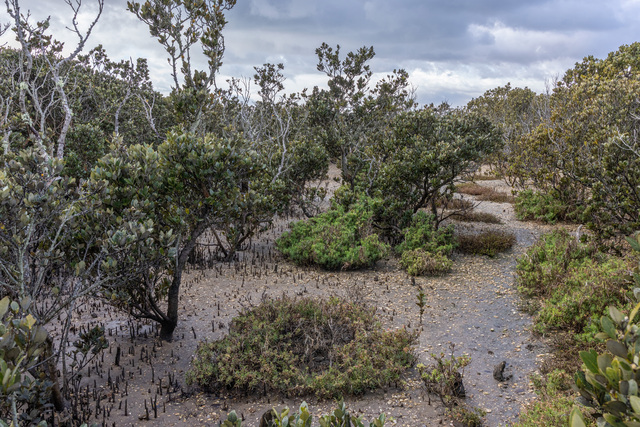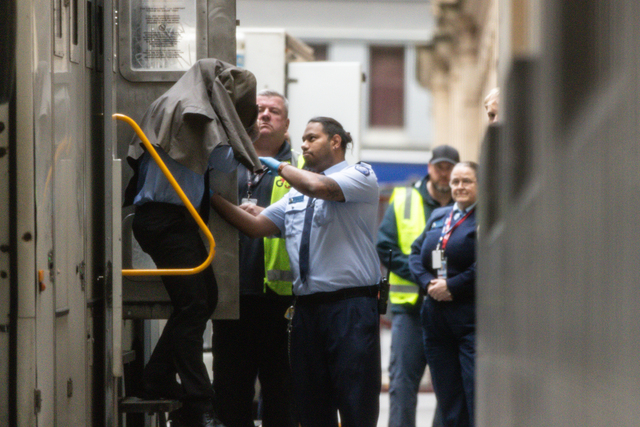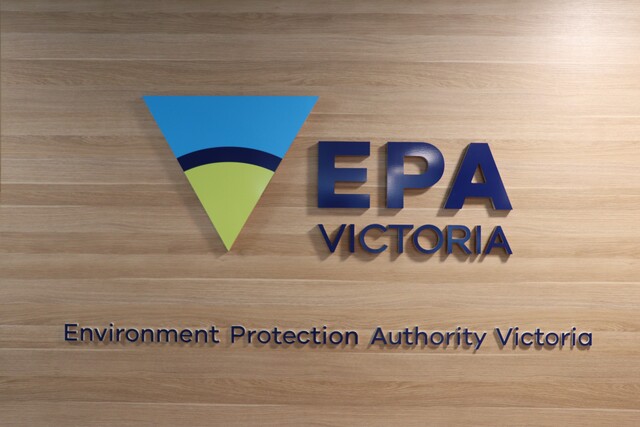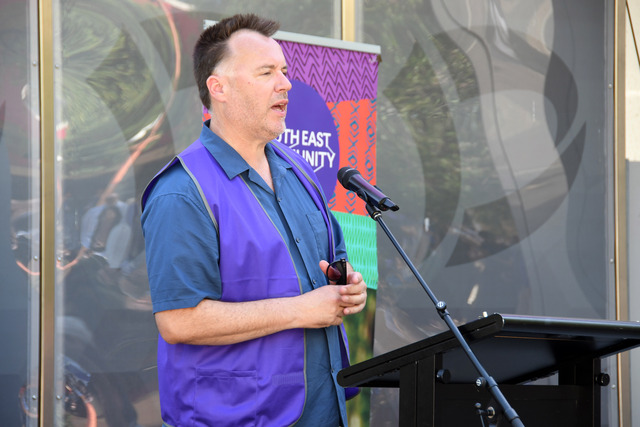The Western Port Biosphere and RMIT University have launched a new project to restore critical coastal wetlands and protect Western Port’s communities from the growing impacts of climate change.
Enabled through $900,000 in philanthropic funding from The Ian Potter Foundation and additional contributions from project partners, including RMIT, this three-year initiative will restore and protect mangroves and saltmarsh, monitor ecosystem health, and engage private landholders and the broader community in nature-based solutions on Bunurong Country.
The project builds on earlier research supported by local councils and subsequent restoration work funded by the Victorian Government. It will focus on Western Port’s three major blue carbon ecosystems — mangroves, saltmarsh and seagrass habitats, which store vast amounts of carbon, buffer coastlines from erosion and storm surges, and provide vital breeding and feeding grounds for fish, birds, and other wildlife.
Many of Western Port’s wetlands are located on or beside private land, meaning landholders have a direct role in their protection.
This project will provide participating landholders with practical tools, resources, and expert guidance to help restore and maintain these natural buffers.
Coastal erosion is already affecting communities around Western Port, and with rising sea levels and more frequent storm surges, these pressures will only increase.
According to the Western Port Biosphere, restoring mangroves and saltmarsh is a practical, long-term way to protect natural habitats, properties, and infrastructure.
“This project allows us to move from planning into action, working directly with private landholders to integrate natural infrastructure into the future resilience of their properties. The Victorian Government and local councils are embedding climate resilience into planning, but for this to succeed, everyone, government, community, and landholders, needs to play their part,” Western Port Biosphere CEO Mel Barker said.
Monitoring is critical to ensure restoration efforts deliver lasting benefits for people, nature, and the climate. Scientific design and monitoring will be led by Dr Stacey Trevathan-Tackett and Dr Melissa Wartman from RMIT’s Centre for Nature Positive Solutions, ensuring every activity is grounded in robust evidence and tailored to Western Port’s unique coastal environment.
“Healthy mangroves and saltmarsh are Western Port’s first line of defence against storms and erosion. They slow waves, trap sediment, and store carbon in their soils for centuries. We know that these ecosystems can recover quickly when pressures like grazing are removed, “ Dr Trevathan-Tackett said.
“This project will put that knowledge into action, combining restoration with careful monitoring so we can track benefits for the coastline, biodiversity, and the climate. By working alongside landholders, we can create nature-based protection that grows stronger over time.”
Landholders who want to be part of this work and access expert advice and support for coastal protection are encouraged to contact the Western Port Biosphere via https://www.biosphere.org.au/contact/ or call 5979 2167.







